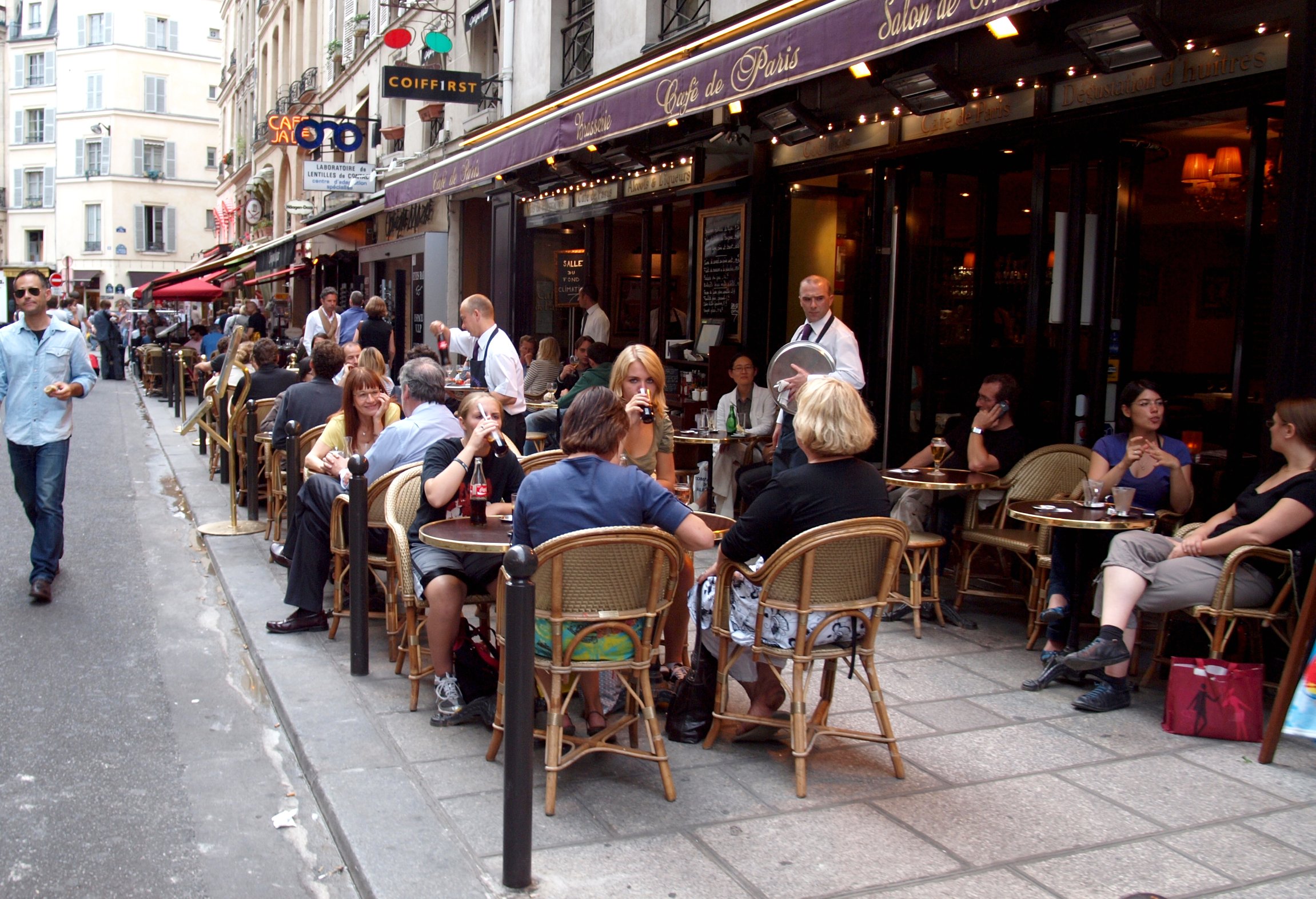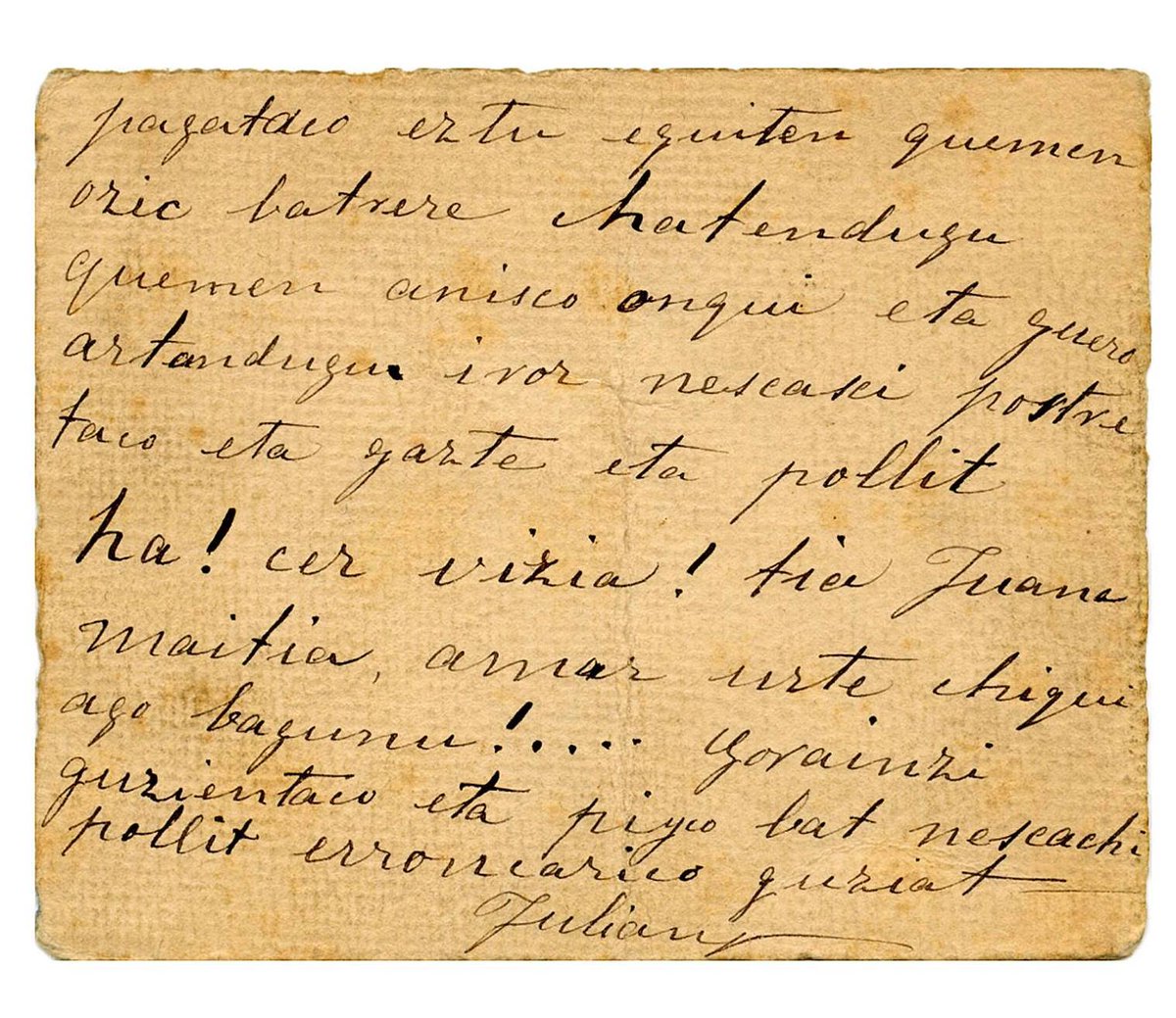|
Roncal Valley
The Roncal Valley ( eu, Erronkaribar, label=Standard Basque, es, Valle de Roncal) is a valley and mancomunidad in the very east of Navarre, bordering the autonomous community of Aragon to the East and France to the north. It is part of the Merindad of Sangüesa. The Ezka River, a tributary of the Aragón (river), Aragón, flows from north to south through the center of the valley. The Roncalese dialect of Basque was historically spoken within this valley. It shares its name with the town and municipality of Roncal – Erronkari, Roncal. While the last speakers of the valley's traditional dialect have passed away, the valley is located in Navarre's mixed language zone and does have a number of Basque speakers. Government The valley, as a local entity, is classified as an or "grouping of traditional character" within Navarre. It is governed by a or general council, consisting of 21 members, three from each village. Tourism As a tourist destination, the Roncal Valley is know ... [...More Info...] [...Related Items...] OR: [Wikipedia] [Google] [Baidu] |
Mancomunidad
In present-day Spain a ''mancomunidad'' ( an, mancomunidat, ast, mancomunidá, ca, mancomunitat, gl, mancomunidade, eu, mankomunitatea; in English "commonwealth" or municipal association) is an association of municipalities voluntarily established by some municipalities with the aim of carrying out joint projects or providing common services. A ''mancomunidad'' is a legal personality, and can exist either for a particular period to achieve a concrete goal or can exist indefinitely. A Spanish ''mancomunidad'' is one of the ''local entities'' defined for the purpose of local government, to which those municipalities may voluntarily delegate some of their functions and powers. It is similar to a comarca, with the difference that ''comarca'' has somewhat different meanings in the various autonomous communities of Spain and ''mancomunidad'' is defined identically throughout the country. The municipalities in a single ''mancomunidad'' need not be coterminous (though they usually a ... [...More Info...] [...Related Items...] OR: [Wikipedia] [Google] [Baidu] |
France
France (), officially the French Republic ( ), is a country primarily located in Western Europe. It also comprises of Overseas France, overseas regions and territories in the Americas and the Atlantic Ocean, Atlantic, Pacific Ocean, Pacific and Indian Oceans. Its Metropolitan France, metropolitan area extends from the Rhine to the Atlantic Ocean and from the Mediterranean Sea to the English Channel and the North Sea; overseas territories include French Guiana in South America, Saint Pierre and Miquelon in the North Atlantic, the French West Indies, and many islands in Oceania and the Indian Ocean. Due to its several coastal territories, France has the largest exclusive economic zone in the world. France borders Belgium, Luxembourg, Germany, Switzerland, Monaco, Italy, Andorra, and Spain in continental Europe, as well as the Kingdom of the Netherlands, Netherlands, Suriname, and Brazil in the Americas via its overseas territories in French Guiana and Saint Martin (island), ... [...More Info...] [...Related Items...] OR: [Wikipedia] [Google] [Baidu] |
Alveolar Tap
Alveolus (; pl. alveoli, adj. alveolar) is a general anatomical term for a concave cavity or pit. Uses in anatomy and zoology * Pulmonary alveolus, an air sac in the lungs ** Alveolar cell or pneumocyte ** Alveolar duct ** Alveolar macrophage * Mammary alveolus, a milk sac in the mammary glands * Alveolar gland * Dental alveolus, also known as "tooth socket", a socket in the jaw that holds the roots of teeth ** Alveolar ridge, the jaw structure that contains the dental alveoli ** Alveolar canals ** Alveolar process * Arteries: ** Superior alveolar artery (other) *** Anterior superior alveolar arteries *** Posterior superior alveolar artery ** Inferior alveolar artery * Nerves: ** Anterior superior alveolar nerve ** Middle superior alveolar nerve ** Inferior alveolar nerve Uses in botany, microbiology and related disciplines * Surface cavities or pits, such as on the stem of Myrmecodia species * Pits on honeycombed surfaces such as receptacles of many angiosperms * Pits ... [...More Info...] [...Related Items...] OR: [Wikipedia] [Google] [Baidu] |
Protected Designation Of Origin
The protected designation of origin (PDO) is a type of geographical indication of the European Union and the United Kingdom aimed at preserving the designations of origin of food-related products. The designation was created in 1992 and its main purpose is to designate products that have been produced, processed and developed in a specific geographical area, using the recognized know-how of local producers and ingredients from the region concerned. The list below also shows other geographical indications. Features The characteristics of the products protected are essentially linked to their terroir. The European or UK PDO logo, of which the use is compulsory, documents this link. European Regulation 510/2006 of 20 March 2006 acknowledges a priority to establish a community protection system that ensures equal conditions of competition between producers. This European Regulation is intended to guarantee the reputation of regional products, adapt existing national protections t ... [...More Info...] [...Related Items...] OR: [Wikipedia] [Google] [Baidu] |
Food Tourism
Culinary tourism or food tourism or gastronomy tourism is the exploration of food as the purpose of tourism. It is considered a vital component of the tourism experience. Dining out is common among tourists and "food is believed to rank alongside climate, accommodation, and scenery" in importance to tourists. Culinary tourism became prominent in 2001 after Erik Wolf, president of the World Food Travel Association, wrote a white paper on the subject. Overview Culinary or food tourism is the pursuit of unique and memorable eating and drinking experiences, both near and far. Culinary tourism differs from agritourism in that culinary tourism is considered a subset of cultural tourism (cuisine is a manifestation of culture) whereas agritourism is considered a subset of rural tourism, but culinary tourism and agritourism are inextricably linked, as the seeds of cuisine can be found in agriculture. Culinary/food tourism is not limited to gourmet food. Food tourism can be considered a ... [...More Info...] [...Related Items...] OR: [Wikipedia] [Google] [Baidu] |
Roncal Cheese
Roncal (''Erronkariko gazta'' in Basque) is a hard, creamy sheep milk cheese. It is made in one of seven villages in the Valle de Roncal of Spain , image_flag = Bandera de España.svg , image_coat = Escudo de España (mazonado).svg , national_motto = ''Plus ultra'' (Latin)(English: "Further Beyond") , national_anthem = (English: "Royal March") , i .... Roncal enjoys PDO status. References * External links artisanalcheese.com Sheep's-milk cheeses Basque cuisine Spanish cheeses Spanish products with protected designation of origin {{BasqueCountry-cuisine-stub ... [...More Info...] [...Related Items...] OR: [Wikipedia] [Google] [Baidu] |
Artisan Cheese
Artisanal cheese refers to cheeses produced by hand using the traditional craftsmanship of skilled cheesemakers. As a result, the cheeses are often more complex in taste and variety. Many are aged and ripened to achieve certain aesthetics. This contrasts with the more mild flavors of mass-produced cheeses produced in large-scale operations, often shipped and sold right away. Part of the artisanal cheese-making process is the aging and ripening of the cheeses to develop flavor and textural characteristics. One type of artisanal cheese is known as farmstead cheese, made traditionally with milk from the producer's own herds of cows, sheep, and goats. Artisan cheeses may be made by mixing milk from multiple farms, whereas the more strict definition of farmstead cheese (or farmhouse cheese) requires that milk come only from one farm. Definition There has been a lot of discussion relating to what truly defines artisanal cheese. According to the American Cheese Society, “The word � ... [...More Info...] [...Related Items...] OR: [Wikipedia] [Google] [Baidu] |
Julián Gayarre
Sebastián Julián Gayarre Garjón (9 January 1844 in Roncal, Navarre, Spain – 2 January 1890 in Madrid, Spain), better known as Julián Gayarre, was a Spanish opera singer who created the role of Marcello in Donizetti's '' Il Duca d'Alba'' and Enzo in Ponchielli's '' La Gioconda''. Although he faced strong competition for this title from the likes of Roberto Stagno, Italo Campanini, Angelo Masini and Francesco Tamagno, Gayarre was regarded by many late 19th-century music commentators as being the supreme Italianate tenor of his generation. Biography The man who was to become one of Europe's most celebrated singers was born and raised in a Navarre family in the small Pyrenean town of Roncal. The third child of Mariano Gayarre and Maria Ramona Garjón, a couple of modest means, he left school at 13 to work as a shepherd. When he was 15, his father sent him to Pamplona to work in a shop. It was there that he had his first contact with music. It was a passion that would cost ... [...More Info...] [...Related Items...] OR: [Wikipedia] [Google] [Baidu] |
Pyrenees
The Pyrenees (; es, Pirineos ; french: Pyrénées ; ca, Pirineu ; eu, Pirinioak ; oc, Pirenèus ; an, Pirineus) is a mountain range straddling the border of France and Spain. It extends nearly from its union with the Cantabrian Mountains to Cap de Creus on the Mediterranean Sea, Mediterranean coast. It reaches a maximum altitude of at the peak of Aneto. For the most part, the main crest forms a divide between Spain and France, with the microstate of Andorra sandwiched in between. Historically, the Crown of Aragon and the Kingdom of Navarre extended on both sides of the mountain range. Etymology In Greek mythology, Pyrene (mythology), Pyrene is a princess who eponym, gave her name to the Pyrenees. The Greek historiography, Greek historian Herodotus says Pyrene is the name of a town in Celts, Celtic Europe. According to Silius Italicus, she was the virgin daughter of Bebryx, a king in Narbonensis, Mediterranean Gaul by whom the hero Hercules was given hospitality during his ... [...More Info...] [...Related Items...] OR: [Wikipedia] [Google] [Baidu] |
Hiking
Hiking is a long, vigorous walk, usually on trails or footpaths in the countryside. Walking for pleasure developed in Europe during the eighteenth century.AMATO, JOSEPH A. "Mind over Foot: Romantic Walking and Rambling." In ''On Foot: A History of Walking'', 101-24. NYU Press, 2004. Accessed March 1, 2021. http://www.jstor.org/stable/j.ctt9qg056.7. Religious pilgrimages have existed much longer but they involve walking long distances for a spiritual purpose associated with specific religions. "Hiking" is the preferred term in Canada and the United States; the term "walking" is used in these regions for shorter, particularly urban walks. In the United Kingdom and the Republic of Ireland, the word "walking" describes all forms of walking, whether it is a walk in the park or backpacking in the Alps. The word hiking is also often used in the UK, along with rambling , hillwalking, and fell walking (a term mostly used for hillwalking in northern England). The term bushwalking is end ... [...More Info...] [...Related Items...] OR: [Wikipedia] [Google] [Baidu] |
Roncalese Dialect
Roncalese (in Basque: ''erronkariera'', in Roncalese dialect: ''Erronkariko uskara'') is an extinct Basque dialect once spoken in the Roncal Valley in Navarre, Spain. It is a subdialect of Eastern Navarrese in the classification of Koldo Zuazo. It had been classified as a subdialect of Souletin (otherwise spoken in the province of Soule in France) in the 19th-century classification of Louis Lucien Bonaparte, and as a separate dialect in the early-20th-century classification of Resurrección María de Azkue. The last speaker of the Roncalese, Fidela Bernat, died in 1991. Roncalese preserves historical nasals which have been lost from other dialects, a fact which has proven valuable in discrediting the ''aizkora'' theory (that Basque vocabulary is continuous from the Stone Age). Text See also *Basque dialects Basque dialects are linguistic varieties of the Basque language which differ in pronunciation, vocabulary and grammar from each other and from Standard Basque. Between ... [...More Info...] [...Related Items...] OR: [Wikipedia] [Google] [Baidu] |





